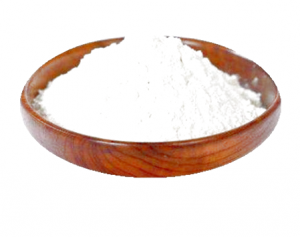
Starch Acetate is a white powder, which is a modified starch produced by the reaction of original starch with acetic acid under alkaline conditions. It is prepared by the etherification of original starch with propylene oxide under alkaline conditions, and then esterification with acetic acid crosslinking agent. The characteristics of the paste are low coagulation, high stability to acid, alkali and heat, high transparency of the paste, good stability of freezing solution, and difficult to form hydrogen bonds between molecules. Starch acetate is similar to the original lake powder, but has good cold water dispersibility, the transparency, stability and anionic properties of the paste are obviously improved. Used as thickener, stabilizer, binder and edible starch film in food processing.
Method of use starch acetate with low degree of substitution acetyl 0.5% ~ 2.5%, used as thickener in food processing, its advantages are high viscosity, high clarity, weak coagulation, stable storage. Often compound denaturation, crosslinked starch acetate for high temperature, strong shear force and low pH impact has higher viscosity stability, low temperature storage and freeze-thaw stability is also high, suitable for canned food applications, can be stored at different temperatures. Hydroxypropyl starch acetate, hydroxypropyl substitution degree about 3 ~ 6, acetyl substitution degree about 0.5 ~ 0.9, is a good matrix for chewing gum, insoluble in water, good chewing elasticity.
Starch Acetate is commonly used in meat products, soy sauce, canned soup, chocolate, instant noodles, jelly, fish balls, according to the production needs of appropriate use (can be acidified, bleaching or enzyme treatment).
The toxicity:
ADI makes no special provisions (FAO/WHO, 1994).
Safe for use in foods (FDA §172.892; 1994).